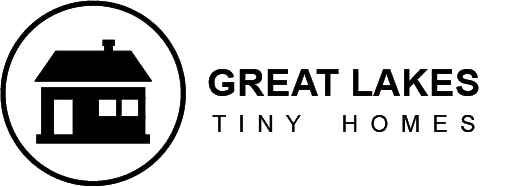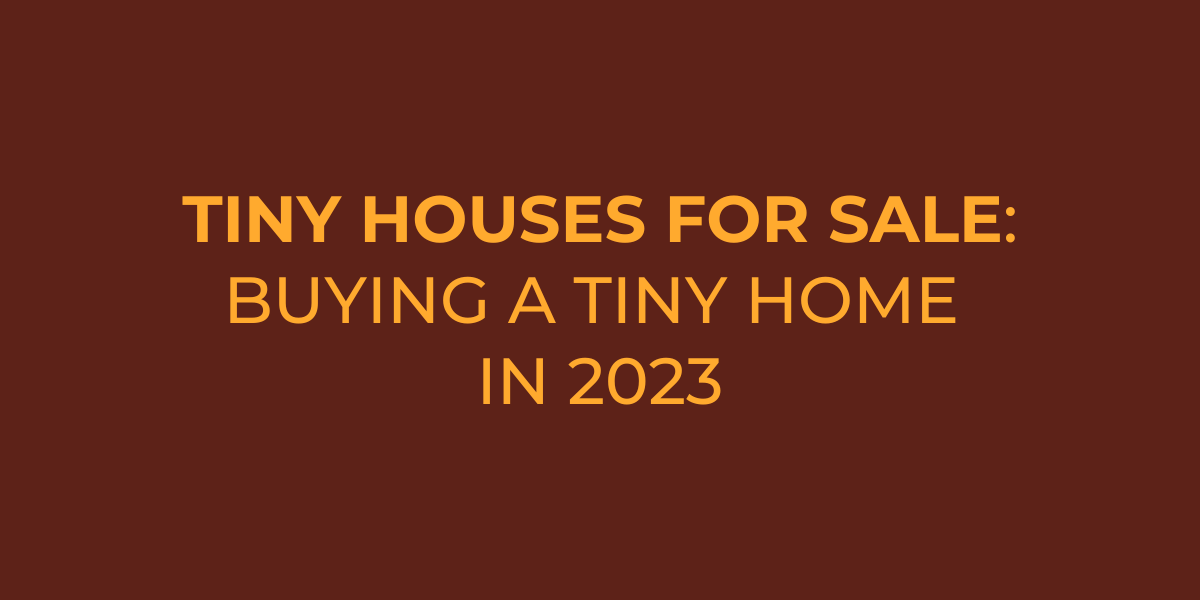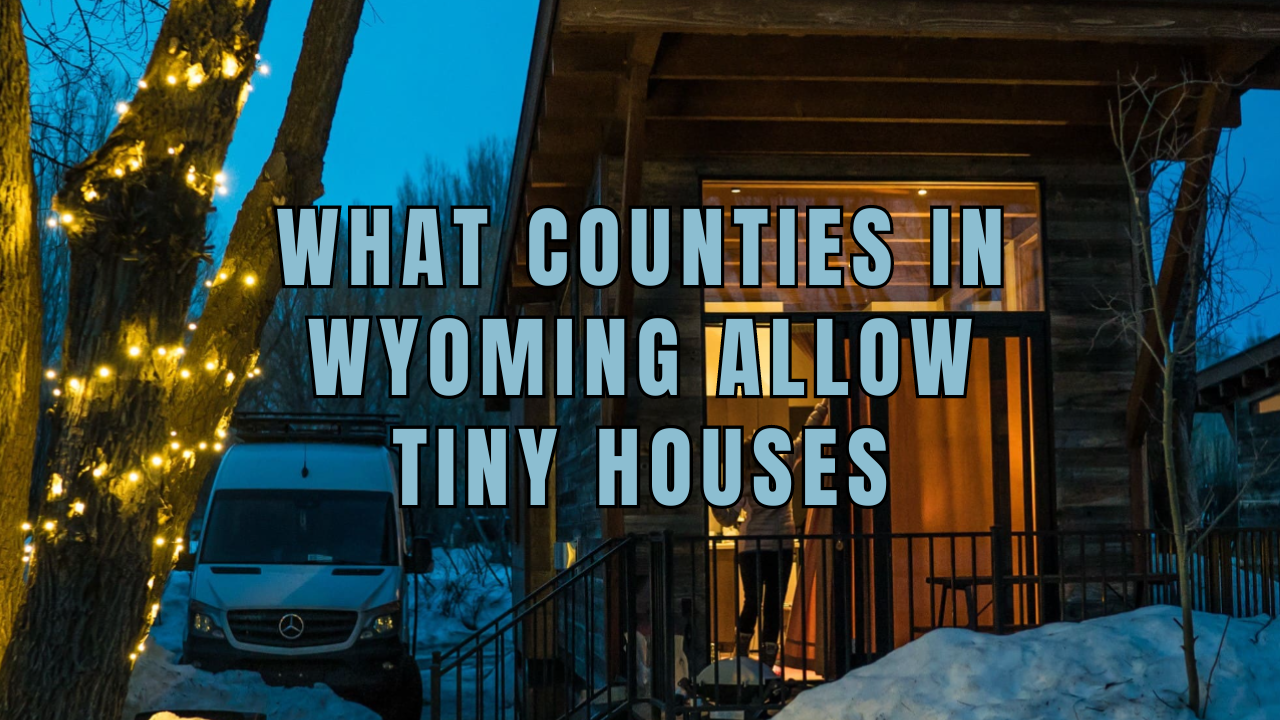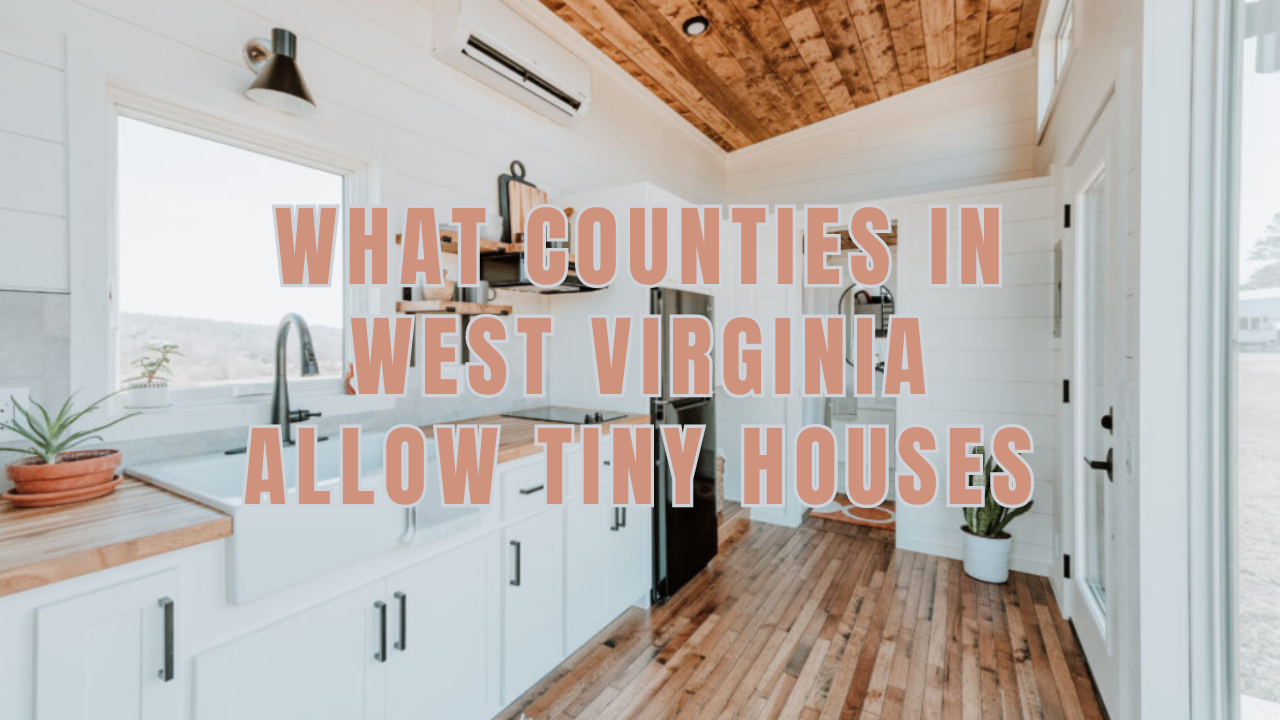Are you ready to embark on a journey toward a more sustainable lifestyle? If so, buying a tiny home might be the perfect choice for 2023. In this article, we will guide you through purchasing a tiny house, exploring the benefits of this unique living option, and providing practical tips to make an informed decision. We will explore the world of tiny house living and uncover how it can offer affordable, eco-friendly, and flexible living solutions. Get ready to embrace a minimalist lifestyle and discover the joys of owning a tiny home in 2023.
What is a Tiny House?
A tiny house is a small, compact dwelling, typically between 100 and 400 square feet. These homes are designed to maximize space utilization and minimize environmental impact. They offer a minimalist lifestyle with various modern amenities, making them an attractive option for those looking to downsize and live a more sustainable and affordable life.
Benefits of Buying a Tiny House in 2023
Affordability
- Cost-Effective Living – The average cost of a tiny home is lower than that of a traditional house, making it a more affordable housing option.
- Lower Expenses – When you live in a tiny house, it typically reduces utility costs. The smaller size of these homes means less space to heat, cool, and light, resulting in lower energy consumption and utility bills.
Financial Freedom
- Mortgage-Free Living – Purchasing a tiny house provides the opportunity for mortgage-free living by offering a lower purchase price, the option to finance without a traditional mortgage, promoting a simpler lifestyle, and facilitating self-sufficiency to reduce utility costs.
- Simplified Budgeting – You can save money upfront and have more financial flexibility. It also means your maintenance costs are likely lower than a larger home. It allows you to have better control over your finances and allocate your money toward your priorities and goals.
Simplified Lifestyle
- Minimalism and Decluttering – You need to downsize and simplify your belongings when you buy a tiny home. With limited square footage in a small home, you’ll be decluttering and keeping what is practical and meaningful.
- Streamlined Living – It can help you eliminate unnecessary possessions and focus on the essentials, creating a more streamlined and organized living space.
Environmental Benefits
- Reduced Carbon Footprint – You’ll consume less electricity and reduce your reliance on fossil fuels, resulting in a smaller carbon footprint. You’ll be more conscious of your usage, opting for quality over quantity and reducing landfill-bound items.
- Conscious Living – With less clutter, fewer possessions, and a simplified lifestyle, you’ll experience more peace and tranquility in your daily life.
Mobility and Flexibility
- Wanderlust Freedom – You can satisfy your wanderlust without relying on temporary accommodations or constantly moving your belongings.
- Easy Relocation – You can travel and live in different places, whether exploring other cities or immersing yourself in nature since tiny houses on wheels can be mobile.
Customization and Creativity
- Design to Reflect Your Personality – You can infuse your style into the space by selecting and displaying pieces that resonate with you. These decor pieces can celebrate your individuality and add warmth and character.
- Innovative Space Utilization – Tiny houses are designed to maximize space utilization. You can incorporate custom features that match your preferences, such as built-in storage systems or multi-functional furniture. You can create the space to fit your specific needs.
Community and Mindful Living
- Tiny House Communities – Joining a tiny house community allows you to connect with like-minded individuals passionate about more straightforward and more sustainable living.
- Emotional Well-being – Living intentionally in a little house can increase your well-being and happiness.
- Mindful Consumption – Involves making sustainable choices, such as choosing energy-efficient appliances, eco-friendly materials, and utilizing renewable energy sources that can help our planet.
Challenges and Considerations for Tiny Homes for Sale
Zoning and Regulations
- Research Local Laws – Contact your local planning or building departments directly. These departments enforce zoning and building codes and can provide specific information regarding tiny homes in your area.
- HOA and Community Regulations – It’s crucial to thoroughly review the HOA and community regulations before buying a tiny home to avoid any surprises or conflicts. Pay close attention to restrictions impacting your ability to own and live in a tiny home.
Financing
- Limited Lender Options – Limited lender options are available due to the unique nature of tiny homes. This limited pool of lenders may view tiny homes as higher-risk investments, resulting in higher interest rates to compensate for the perceived risk.
- High-Interest Rates – Alternative financing options can come with higher interest rates than a typical mortgage due to their inherent risk.
Maintenance and Repairs
- Limited Resources – Due to tiny homes’ unique design and construction, you may need specialized knowledge and resources for maintenance tasks. Finding experts or professionals familiar with tiny home systems and components can be more challenging than traditional homes.
- DIY Skills Required – Basic DIY skills will allow you to handle minor repairs and upkeep. You should troubleshoot and find workarounds for storage solutions or utility management in your tiny home.
- Space Limitation – Living in a tiny home requires a mindful approach to space utilization. Get creative and make planned choices regarding the items you bring into your tiny home. Focus on functionality and choose items for multiple purposes to maximize the limited space available.
Transport and Relocation
- Transportation Requirements – Depending on where you live, you may need permits to transport your tiny home on the road. Check your local county or state regulations to ensure you have all the necessary permits and licenses before transporting your tiny home.
- Relocation Considerations – Relocating a tiny home requires careful planning to ensure a smooth transition. Take the time to research and prepare for each new location, considering the factors and requirements of each area.
Insurance Requirements
- Special Insurance Needs – It’s essential to consult with insurance professionals who specialize in tiny home insurance to know the best option for your specific needs. They can guide you through the process and help you find an insurance policy that offers optimal protection for your tiny home.
- Budget Considerations – Consider your budget and determine how much you can spend on upfront costs. When buying a tiny home, don’t forget to keep in mind the additional expenses, such as permits, delivery, and site preparation costs.
A Guide on How to Buy a Tiny House in 2023
- Research – Research different styles, sizes, and designs of tiny homes. Consider your budget and personal preferences to narrow down your choices.
- Find a Builder – Once you have a clear idea of what you want, search for reputable, experienced tiny house builders. Read reviews, visit their websites, and discuss your requirements for the perfect tiny home builder.
- Set a Budget – Determine your budget for the tiny homes, considering any additional costs, such as land purchase or rental fees, permits, and utilities. Ensure a buffer for unexpected expenses.
- Location – Decide where you want to place your tiny home. Decide where you want to place your tiny home. Researching zoning laws and regulations in your desired area would be best.
- Design and Customize – Work with your builder to customize your tiny home. Consider your lifestyle, storage needs, and any special features you desire. Remember, efficient use of space is vital in tiny homes.
- Financing Options – Explore different financing options for buying a tiny home, ranging from traditional mortgages and personal loans to crowdfunding or do-it-yourself builds. Consult with financial institutions to find the best fit for your situation.
- Inspections – Before finalizing your purchase, conduct thorough checks to ensure the tiny home’s construction quality, electrical wiring, plumbing, and overall safety.
- Legal Considerations – Handle all legal aspects, including insurance, permits, and registration. Consult with professionals to ensure compliance with local codes and regulations.
Frequently Asked Questions
Can I Live in a Tiny Home Full-Time?
Yes, you can live in a tiny home full-time. Many people make a tiny home their permanent residence, embracing the minimalist lifestyle and the freedom it brings. Living in a tiny home full-time requires careful planning and consideration. You’ll need to find a suitable location that permits full-time tiny home living, ensuring compliance with local regulations. Also, you’ll need to plan your space carefully, optimize storage solutions, and adapt to a more compact living environment. With thoughtful planning and a willingness to embrace a simpler lifestyle, living in a tiny home full-time can be a rewarding and fulfilling experience.
Can I Build a Tiny House Myself?
Yes. You can build your tiny house and create a unique living space that suits your needs. Building a tiny house can be an empowering experience. However, it’s important to know that building a tiny house requires careful planning, research, and a certain level of skills. You’ll need to familiarize yourself with building codes and regulations in your area, gather the necessary tools and materials, and learn various construction techniques.
Are Tiny Houses Safe?
Tiny houses can be safe when designed, built, and maintained properly. Safety is a primary concern in tiny house living, especially regarding heating, ventilation, and electrical systems. Ensuring your tiny house meets local building codes and safety standards is important. You should also invest in high-quality materials and hire experienced builders to help you construct your tiny house. Proper maintenance and regular safety checks will also help ensure your tiny house remains safe and in good condition over time. You can enjoy safe and secure living in your tiny house with the right precautions.
Can I Get a Mortgage for a Tiny Home?
Getting a mortgage for a tiny home can be challenging but not impossible. Due to its unconventional nature, traditional banks and lenders may be less willing to finance a tiny home. However, there are alternative financing options available. You can explore personal, peer-to-peer, and RV loans to help you finance your tiny home. Researching and comparing interest rates, repayment terms, and qualification requirements is vital before choosing a financing option. You should also ensure that your tiny home meets local building codes and safety standards, which can affect your ability to obtain financing. With careful planning and research, you can find a financing solution that works for you and your tiny home.
Wrap Up
Buying a tiny house in 2023 can be a life-changing decision. With affordability, sustainability, and flexibility, tiny homes offer a unique living experience. Following the step-by-step guide and considering your needs, you can find the perfect tiny house that suits your lifestyle. Embrace simplicity, downsize your belongings, and embrace today’s tiny house movement.





